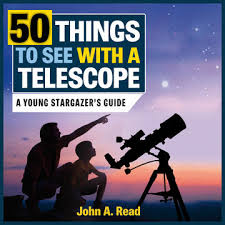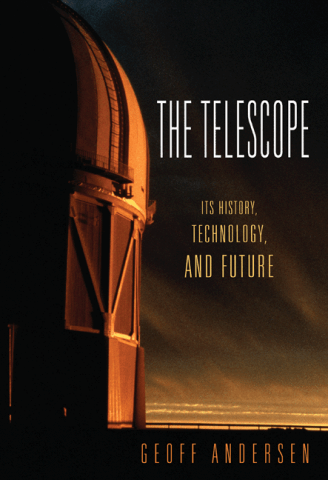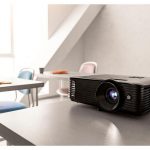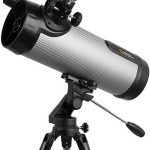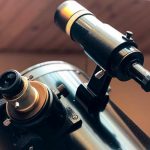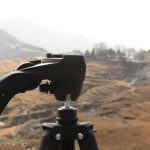How to Use a Telescope – Quick Guide for Beginners
Using a telescope is easy if you’re well prepared. If you want to learn how to use a telescope, all it takes is some understanding about the necessary accessories and optimizing your experience gazing at the stars.
Anyone can use a telescope – even a child. If you or your child want to get a close up look at the moon, you can have everything ready to go in less than half an hour.
What To Know Before You Learn How to Use a Telescope
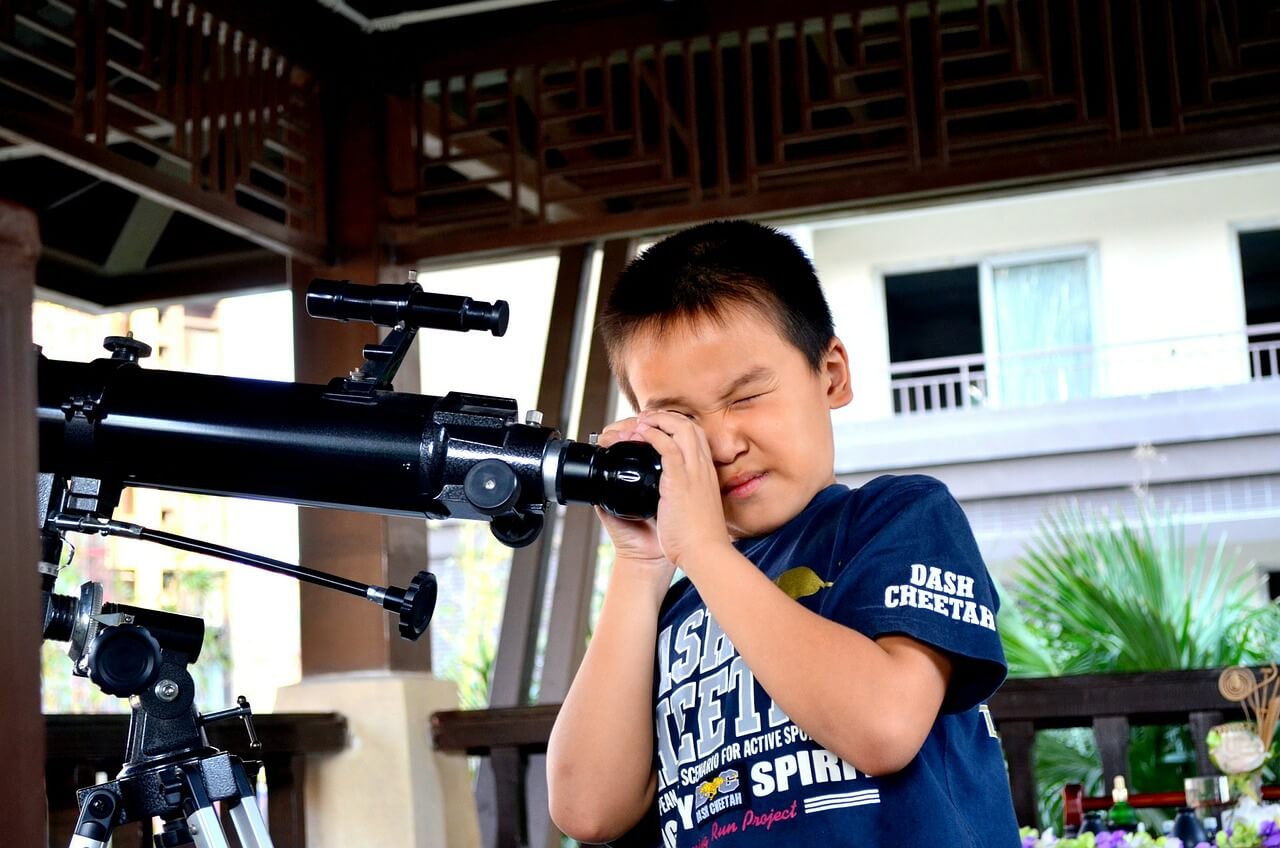
Before you use your telescope, you need to become familiar with two of the most important accessories you’ll need to use.
These are pieces of equipment you’ll need to adapt according to where you’re located and what you’re trying to view. They aren’t difficult to figure out, and your telescope will already come with these accessories.
They can be upgraded later, but your standard pieces are already designed to work with your telescope perfectly well.
Your Eyepieces
Most telescopes come with at least two eyepieces, but some can come with as many as five. These are the pieces of the telescope that give you magnification.
When you need to see something closer than your telescope lens will allow you to see it, swapping out the eyepiece can improve the quality of the images.
They usually snap right on and off, and some telescopes come with accessory trays that will allow you to store the pieces you aren’t currently using.
Your Tripod
Telescopes come with two different types of tripods. Some of them come mounted to traditional tripods that can go up very tall.
These can be placed anywhere on the ground. Even if the ground isn’t completely level, you may be able to adjust the legs to properly balance the telescope. The legs come with little plastic latches that are very simple to operate.
Other telescopes come with short telescopes or mounts. These are designed to sit on a table or on a windowsill. You can put these on the rails of your porch or the trunk of your car to give them a little boost. Many people prefer to use these telescopes from a seated position. If you need to, you can replace these mounts with larger tripods for most telescopes.

Pick Your Location
Light pollution can disrupt your viewing experience, and you may not even know it’s affecting your view of the sky. If you live near a major city or if you live very close to area with a lot of retail stores that are open late, you may not be able to see distant objects very well. Pick a location where light pollution won’t be a problem.
Prepare Helpful Aids
You aren’t a star master yet – you’re just starting your journey. Objects like the moon and close stars are easy to find on your own, but if you want to be able to see and interpret everything, you’ll need to have a star map handy.
Some telescopes have something called go-to controls. These controls are automatic and will direct you to whatever object you’re looking for.
If your telescope does not have these robotic controls, you’ll need to go online and prepare a star map. By inputting your exact location, you’ll be able to generate a map of the observable sky from where you’re located. This will help you find everything you can see.
Set Up Your Telescope
Follow the manufacturer’s included assembly instructions for your telescope if any assembly is required. Some telescopes are ready to use right out of the box.
When your telescope is ready to go, all you need to do is set up your viewing location. When you know where you want to look, all you need to do is open the tripod and point the telescope up.
Get Objects into Focus
Focus will come from your eyepieces. Each eyepiece offers a different level of magnification, and the most effective piece to use depends on the length and style of your telescope. As you learn how to use your telescope, you’ll be able to estimate distances much better. You’ll know which eyepiece to go for first based on your intuition.
Before you’ve gotten it down to a science, it helps to cycle through your eyepieces until you find the one that works best to view a particular object.
Start with the smallest eyepiece and work your way up to the biggest. You may have to do this for every object you attempt to view until you memorize the way each piece works with your particular telescope.
Photographing with Your Telescope

Some people like to take photographs with their telescope. Specialized telescopes for astrophotography exist, but they’re very expensive. Most telescopes can be used with simple adapters that will allow you to take pictures through your telescope with either a smartphone or a camera.
If you don’t have an adapter, you might still be able to take photographs by putting the camera of your smartphone directly up against your telescope’s eyepiece.
These may not be the best quality shots, but they’ll still make for some wonderful memories and relics of your exploration of the universe.
Your First Time Using Your Telescope
Learning how to use your telescope won’t always be easy, but practice makes perfect. As long as you understand what all of your equipment does, it’s not too difficult to figure out how to make it work together to generate the perfect glimpse at the moon.
Nobody gets it right the first time, and that’s okay. As long as you’re dedicated, you can become a telescope expert in no time.



